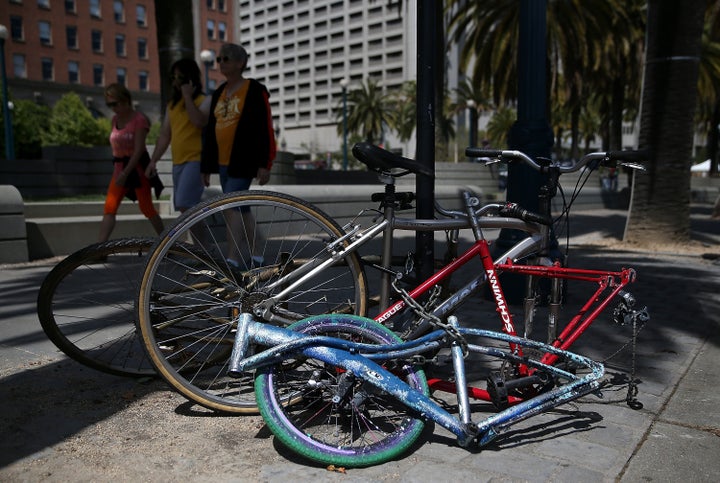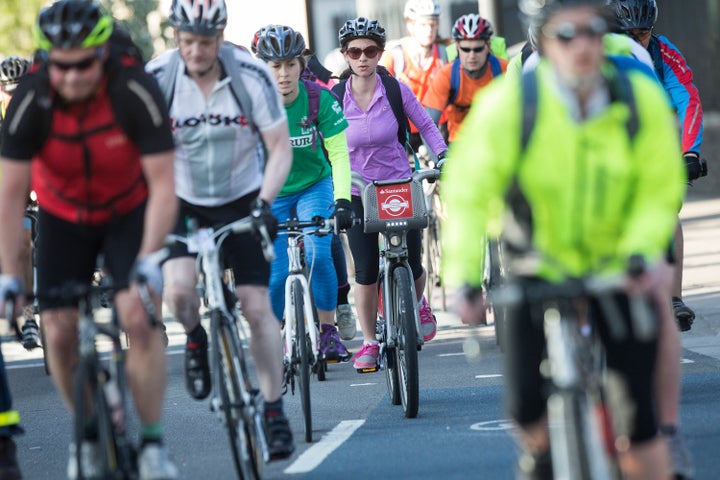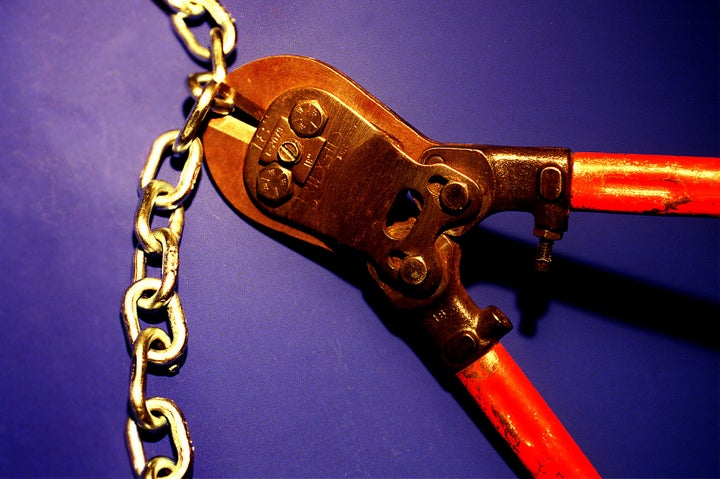A former bike thief who claimed he stole 10 high value bikes every weekend has detailed how to avoid falling victim to the crime and the cunning tricks used by thieves to avoid getting caught.
The ex-thief has told how he preferred to steal bikes in central London as cyclists used less effective locks and the presence of CCTV meant that people "let their guards down".
Once stolen, the thief revealed how he then locked bikes back up on city streets - even outside police stations - so that no evidence could be traced back to him.

"The more CCTV and people the better. People are like sheep, they feel safe and pay less attention when they’re together," the ex-thief said.
Speaking anonymously to Stolen Ride - a website that helps re-unite cyclists with their stolen bikes - the ex-thief told how he stopped stealing after being jailed for 18 months at the age of 20 and was now remorseful for his crimes.
The man, who began stealing bikes at 16, said he would target expensive bikes like “Carrera racers, no logo fixie bikes, Boardman racers and Ridgeback bikes” during crime-sprees at night and weekends, then sell them on Gumtree at half their retail value.
These bikes, he told Stolen Ride, were known as "golds" because of their value and ease of sale.
The man said the quality of locks improved the further you travelled out of London, so he targeted Islington, Hackney, West End and the central mile, working with a friend and a pair of toughened bolt cutters.

The thieves would scout for bikes from the back of a "high performance motorbike". When one was located the passenger would get off, cut the lock and cycle off.
"We would do this up to five times a night, every weekend," he said, estimating thefts took 10 seconds at most.
“No-one really knew what was going on, almost I imagine like you have to question yourself like, did I really just see that?”
Cyclists could avoid being targeted by never using a chain lock, "they're too easy to snip". Instead the former thief recommended cyclists use a small D-lock on front and back wheels.
Cyclists should ensure the lock was fitted tightly, he said.

"If your lock can be moved about that means the thief’s bolt cutters can get around them, at the right angle they won’t.
"Stiff D-locks are hard to snip because you need the right angle on the cutters to get the force to close them.”
The man told Stolen Ride that the consequences of his actions hit home when he saw his mother and his "missus of three years break down in court" during his sentencing.
The former thief issued an apology to his victims, saying he was "sorry to the people whose bikes we took, but times were hard back then and unless you been there yourself, I don’t think that you would understand, but I am truly sorry.”
